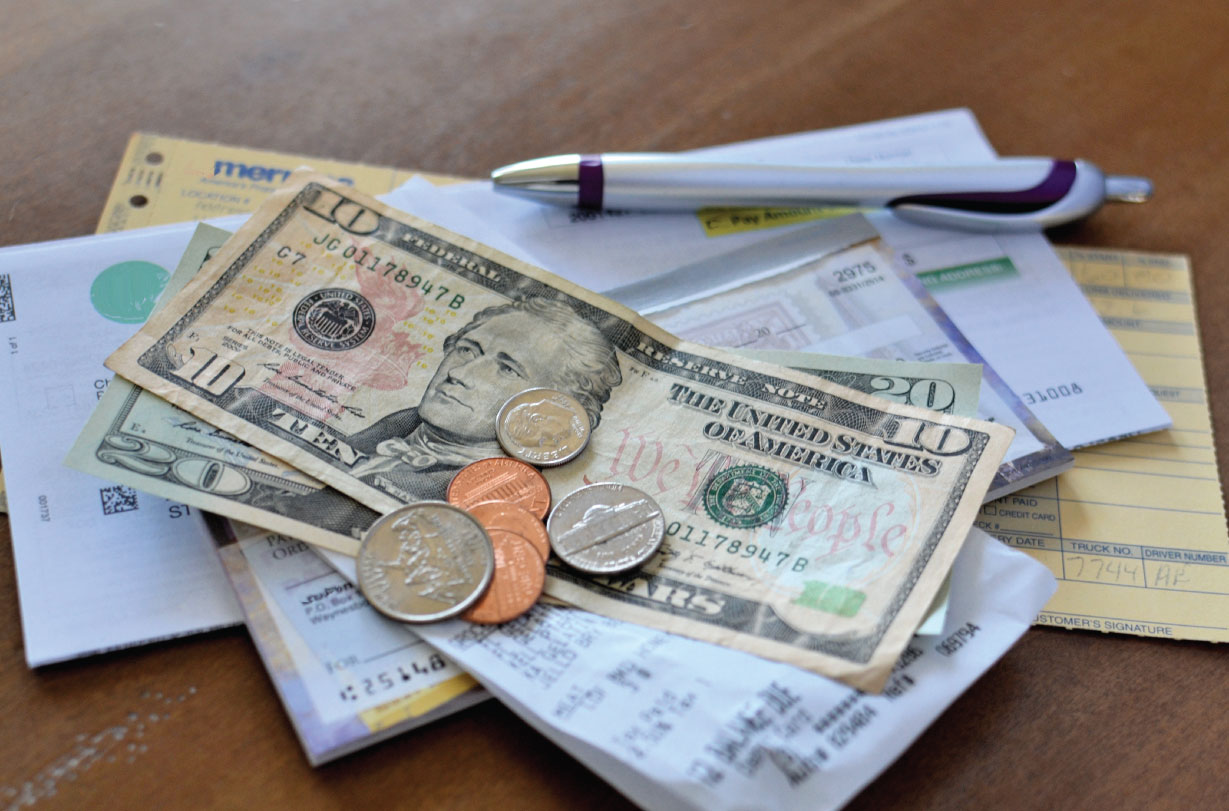Why You Should Open an Overdraft Account Before You Quit
In preparing for retirement, I’d like to make a rather audacious recommendation: that you should open an overdraft account before you quit work.
If you’re like most folks who are risk-adverse, and especially if you are on the retirement home stretch, the idea of an overdraft account will probably make you coil as overdraft facilities are notorious for high interest rates, ranging from 17% to 24% per annum!
Why would I make such a recommendation?
Because life is unpredictable. Even the best laid plans can be thwarted due to unforeseen situations.
Because if and when life throws you a curve ball, you have the ammunition to deal with it, despite the higher cost.
Having access to such funds in times of need beats borrowing from family, friends or being forced to sell some of your investments or possessions.
For those who are not familiar, here is the explanation of overdraft facility according to moneysense.gov.sg:
“An overdraft (OD) is a standby credit facility. It allows you to write cheques or withdraw cash up to the OD limit. It is a short-term facility (usually up to 12 months), renewable on a yearly basis and repayable on demand by the bank at any time. Any amount you repay into the OD account can be withdrawn again as long as the total outstanding amount is within the OD limit. This is why it is also called a revolving credit facility.”
There are generally 2 types of overdraft facilities: secured and unsecured. As the terms imply, a secured overdraft requires an asset to be pledged against it; unsecured overdraft does not require any pledging and is offered based on income level and individual risk profile.
An OD account is especially important in your retirement years to ensure you can get access to funds urgently – no questions asked – to cover emergency needs. It is especially useful where funds are needed for relatively short period of time such as to cover sudden medical expenses incurred overseas while you file the required papers and documentation for insurance claims, or simply to plug temporary shortfall in funds.
The good thing about overdraft account is that interest is not charged when not used. This means no interest expense as long as no amount is drawn. When used, interest is only levied for the duration and amount of borrowed, calculated on daily basis. Whenever repayment is made into the account, interest is recalculated for the lower amount. This efficiency, plus the convenience and flexibility, provides peace of mind, knowing that you have access to such a tool in your financial war chest.

Compared this to term loans, where repayment amount, timing and frequency are fixed according to the terms of the borrowing. In addition, interest is levied regardless if funds are utilised AND a penalty is charged for early repayment. Term loans, however, offer lower interest rates and are usually offered for multiple years.
As unsecured overdraft facilities are offered against a quantum of income, this means that once you no longer have regular income, you are not eligible to apply for an overdraft facility. Once granted, it is unlikely to be withdrawn unless if the account is in excess or overdrawn, which means it is effectively in default.
For secured overdraft where a security is pledged, such as with property, it is available only as long as the property is not paid off. Hence, this is an additional consideration if you have OD tied to your mortgage and you are thinking of paying it off. Do read my previous post on paying off mortgage before retirement here:
https://smartretirementtoday.com/2020/02/23/should-you-pay-off-your-mortgage-before-retirement/
Despite the official high interest rates for overdraft facilities, banks do offer promotional rates from time to time, to spur usage. I am aware of promotional rates being as low as 1.5% to 2.98% per annum. Other times, OD promotion is offered via a Balance Transfer scheme where funds are directly credited towards an existing expense.
I know of people who make use of such Balance Transfers to pay for credit card bills or to extend repayment period instead of incurring exorbitant credit card charges on rolled-over balance. When used prudently, the flexibility of an overdraft facility is invaluable.
Here are the advantage and disadvantages of an overdraft facility:
| Advantages | Disadvantages |
|---|---|
| Buffer for financial emergencies | High interest than most other sources of loans |
| Interest charged based on usage | Not suitable for long term borrowing |
| Speed in disbursement, no paperwork | Subject to interest rate revision |
| Useful for short-term cash management | Facility can be recalled on demand |
| Repayment flexibility (amount, frequency, timing) | |
| No restriction on fund usage | |
| No effect on credit rating as no overdue payment | |
| Reassurance due to certainty of access | |
| Revolving basis means ongoing credit available |
As the saying goes:
“Plan for life’s certainties; prepare for life’s uncertainties”
When faced with a financial calamity, an overdraft facility is a valuable tool to protect against the mercy of others…or the financial markets.
So before you write that resignation letter, it may be smart to consider applying for an unsecured personal overdraft facility when you are still able to provide the required income statements.
To bountiful living,
Savvy Maverick

